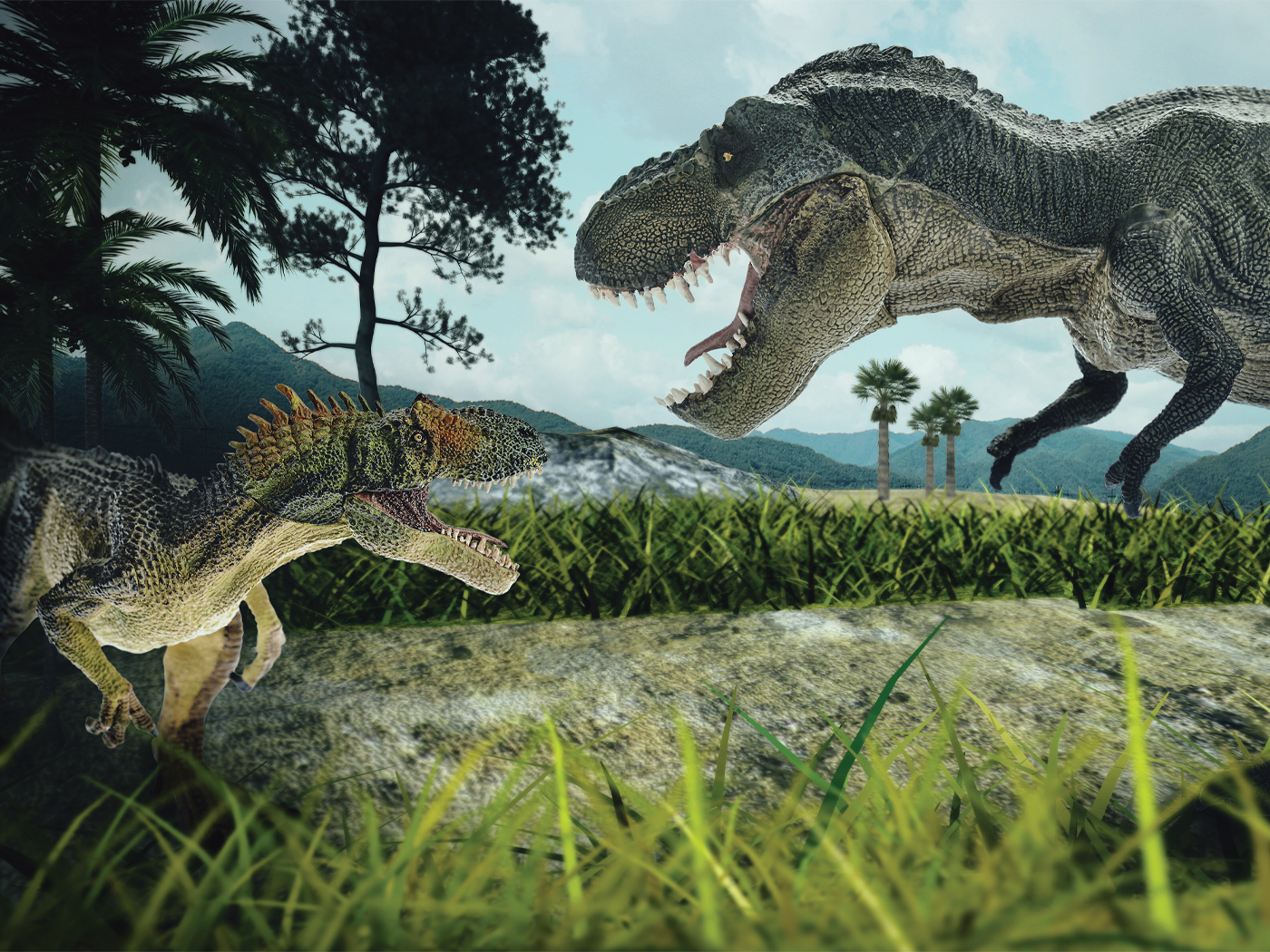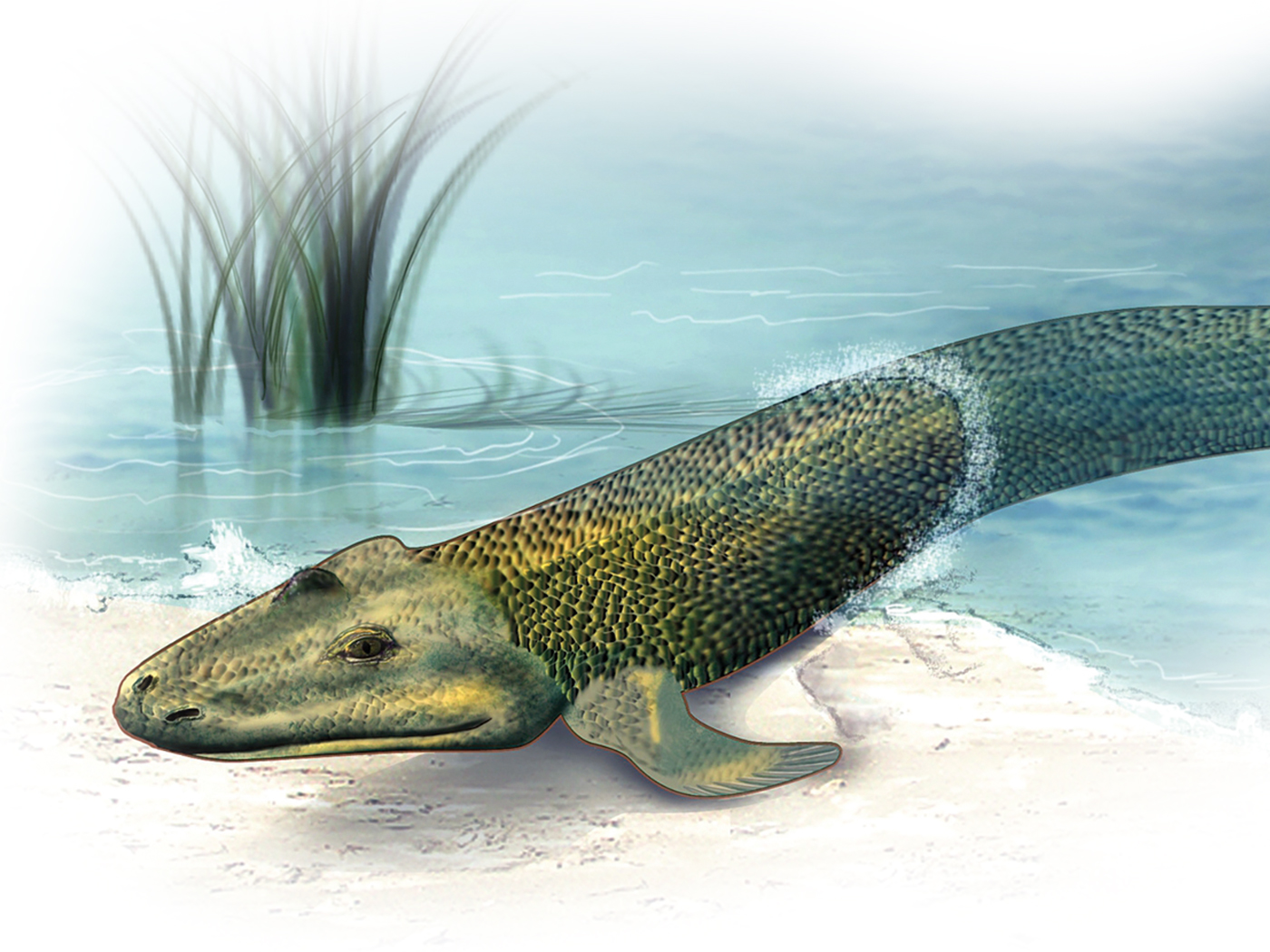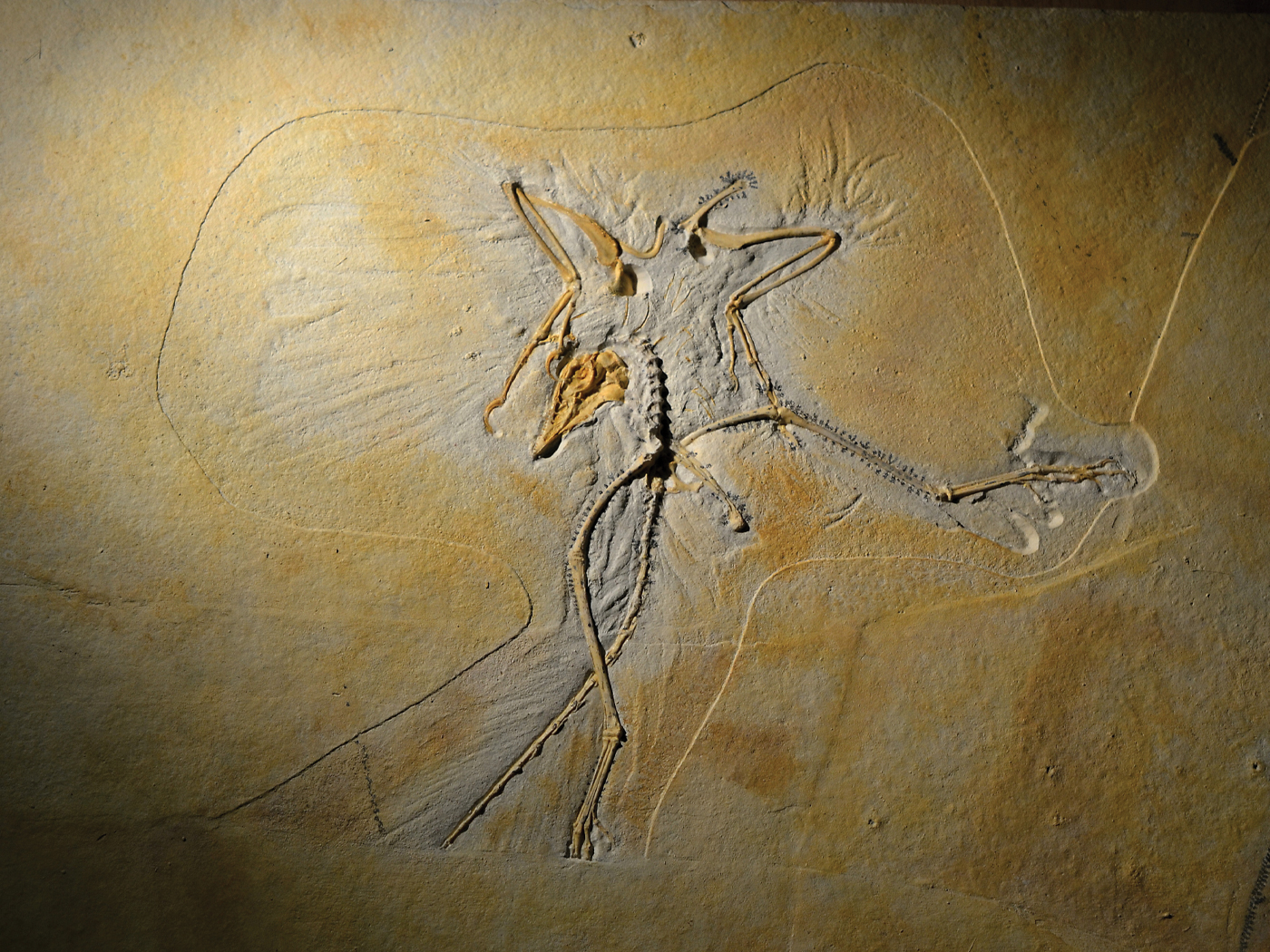The notion that the earth and cosmos are billions of years old continues to present serious problems for evolutionary scientists. For instance, billions of years ago, the sun would only have glowed faintly, leaving nearby earth totally frozen. But with no liquid water on earth's surface, how could life have evolved and become fossilized so long ago?
This conundrum has been called the "faint young sun paradox," and after 25 years of research, it remains just as problematic as ever. Scientists have tinkered with models of what they thought were atmospheres that might have kept earth warm. But sunlight would have prevented an ammonia-caused greenhouse earth, and earth's oldest rocks show that the atmosphere was not dominated by the mild greenhouse gas carbon dioxide either.
Since researchers have found no solutions to the faint young sun paradox through planetary geophysics, some now look to reconfigure the sun's evolutionary history. A team of researchers funded by the NASA astrobiology program plans to test new models of a sun that may have been large enough and that also existed early enough to have heated the earth billions of years ago.
Penn State University's Steinn Sigurdsson will lead the team using a powerful computer program to model the early sun. He told Astrobiology Magazine that "to provide enough planet warming without overstepping any solar constraints, the Sun had to lose the extra mass in roughly the first few hundred million years.…That implies a solar wind that is about 1,000 times faster than what we currently observe."1 Sigurdsson and his team plan to look for "stretch marks" left by such a tremendous break in solar wind.
In order to make the solar physics work out correctly, the team needed to invent a way for the sun to discharge incredible amounts of its own mass within a narrow time range. Otherwise, the question of why the early sun might have been too faint for life on earth would be replaced by the equally vexing question of why today's sun does not scorch the earth.
Of course, even if the researchers cobble together ancient events that fit with physics, that does not mean that the events actually happened.
For example, if a mega solar "belch" could have enabled the early sun to heat up earth enough for ancient life to survive, that would still not solve the problem. It would merely change the question from "How could a young sun not have been so faint?" to "What could have forced a young sun to eject so much material so quickly?"
But the biblical model of a young world suffers none of these conundrums. The faint young sun paradox remains unsolved for those who insist on a long-ages cosmology. And its solution, despite upgrades in scientific software, promises to evade the naturalistic view.
The idea that the earth and sun were both created during the creation week thousands of years ago, with the sun immediately able to provide life-supporting light as Genesis records, is perfectly consistent with scientific observations.2
References
- Schirber, M. "Baby Fat" on the Young Sun? Astrobiology Magazine News. Posted on astrobio.net February 13, 2012, accessed February 15, 2012.
- Coppedge, D. 2007. More Than a Rising Star. Acts & Facts. 36 (11): 15.
* Mr. Thomas is Science Writer at the Institute for Creation Research.
Article posted on March 21, 2012.




















